The Secret to Perfect Straight Line Quilting
Have you ever looked at a quilt and marveled at the stunning straight lines that seem to dance across the fabric? Achieving that level of precision in straight line quilting isn't just a stroke of luck; it's a skill that can be mastered with the right techniques and tools. In this article, we will explore the secrets behind perfect straight line quilting, ensuring that your projects not only look professional but also showcase your unique creativity.
First and foremost, let’s talk about the importance of technique. Straight line quilting is all about consistency and accuracy. Just like in any craft, having a solid foundation will allow you to build upon your skills and create stunning quilts. It’s akin to learning how to ride a bike; once you get the hang of it, you’ll be cruising along with confidence. So, are you ready to dive into the world of quilting?
In this journey, we’ll cover everything from the essential tools you need to get started, to the types of fabrics that work best for this technique. You’ll learn how to prepare your quilt sandwich, which is crucial for a smooth quilting experience. And let’s not forget about the common mistakes that many quilters make—by identifying these pitfalls, you can save yourself a lot of time and frustration.
But wait, there’s more! We’ll also delve into various quilting techniques that will help you achieve those picture-perfect lines. Whether you prefer the precision of a walking foot or the creative freedom of free motion quilting, we’ve got you covered. So grab your sewing machine, and let’s get quilting!
Understanding the right tools is crucial for successful straight line quilting. This section covers the must-have equipment, including sewing machines, rulers, and threads, to help you achieve precision in your quilting projects.
Fabric selection plays a significant role in the outcome of your quilting. Here, we discuss how to choose the best fabrics for straight line quilting, ensuring durability and ease of handling throughout the process.
Different fabric types offer unique advantages for quilting. This subsection highlights popular fabric choices, such as cotton and blends, along with their benefits for achieving smooth, straight lines in your quilting.
Pre-washing fabrics is essential to prevent shrinkage and color bleeding. This section explains the importance of this step and provides tips for effectively pre-washing your materials before quilting.
Choosing the right colors can elevate your quilting project. This section offers tips on color coordination, helping you create visually appealing straight line quilts that stand out and capture attention.
A well-prepared quilt sandwich is vital for successful quilting. This subsection covers the steps to layer your quilt top, batting, and backing, ensuring stability and ease during the quilting process.
Mastering specific quilting techniques is key to achieving perfect straight lines. This section provides detailed instructions on various methods, including free motion and walking foot quilting, to enhance your skills.
Using a walking foot is a popular method for straight line quilting. This subsection explains how to use this tool effectively, ensuring even stitching and preventing fabric shifting during the quilting process.
Free motion quilting allows for creative freedom. This section introduces the basics of free motion quilting, offering tips to maintain straight lines while exploring unique patterns and designs within your quilting projects.
Identifying common mistakes can save you time and frustration. This section outlines frequent pitfalls in straight line quilting and provides practical solutions to help you avoid them and enhance your quilting experience.
Q: What type of sewing machine is best for straight line quilting?
A: A machine with a walking foot attachment is highly recommended for straight line quilting as it helps feed multiple layers of fabric evenly.
Q: How do I prevent my fabric from shifting while quilting?
A: Using a walking foot or quilting clips can help keep your fabric layers in place, preventing any unwanted movement during the quilting process.
Q: Is it necessary to pre-wash my fabrics?
A: Yes! Pre-washing fabrics helps to eliminate any chemicals and prevents future shrinkage or color bleeding, which can ruin your finished quilt.
Q: Can I use any fabric for straight line quilting?
A: While you can use various fabrics, cotton and cotton blends are the most popular choices because they are durable and easy to handle.
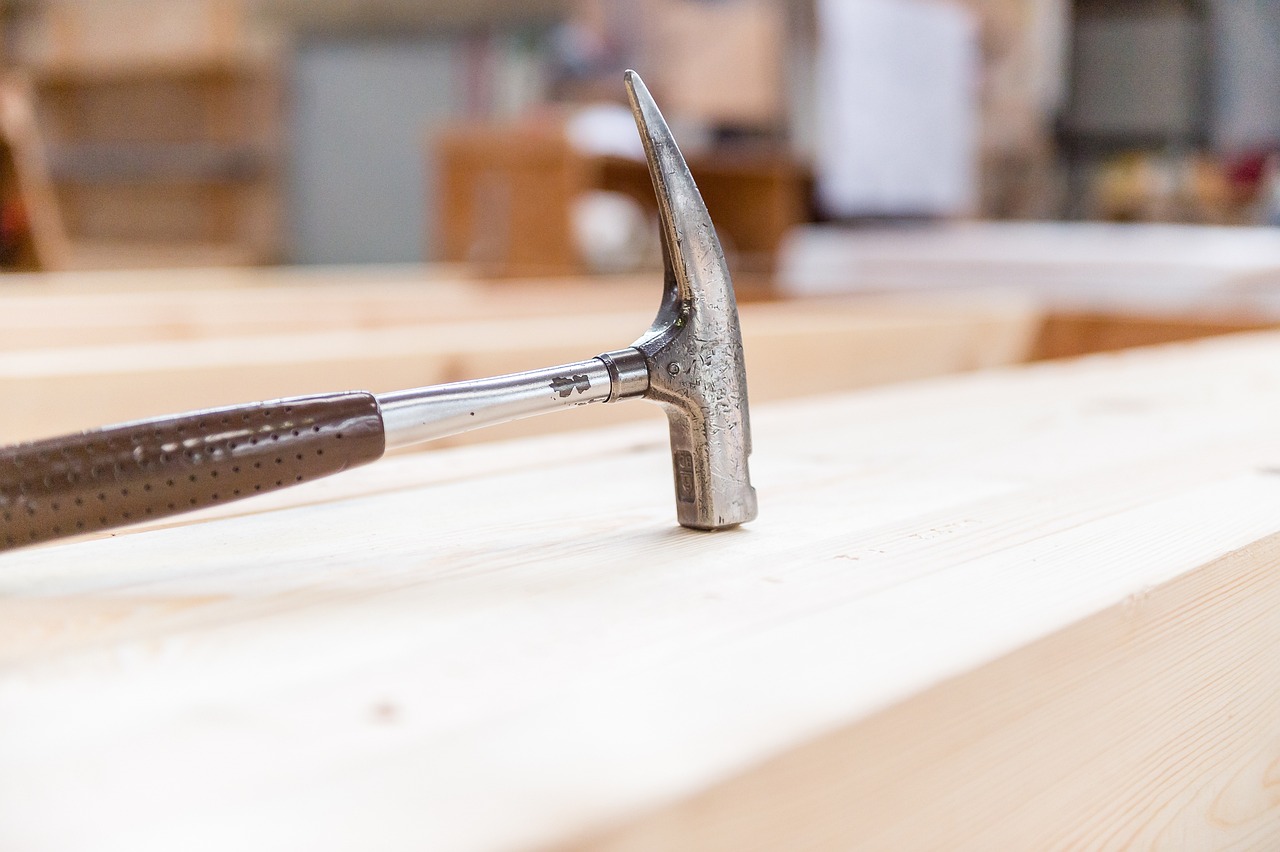
Essential Tools for Straight Line Quilting
When it comes to straight line quilting, having the right tools can make all the difference between a frustrating experience and a smooth, enjoyable one. Think of your tools as the paintbrushes of a painter; without them, your masterpiece won't come to life. So, what do you need in your quilting toolbox to achieve those flawless lines? Let’s dive into the must-have equipment that will elevate your quilting game.
First and foremost, a quality sewing machine is essential. While any machine can technically do the job, investing in one that has a walking foot feature can significantly enhance your straight line quilting experience. A walking foot helps to evenly feed the fabric through the machine, preventing any unwanted shifting or puckering. This is especially important when working with multiple layers, as it ensures that each stitch is consistent and precise.
Next up, rulers! These handy tools are not just for measuring; they are your best friends when it comes to marking straight lines on your fabric. A clear acrylic ruler allows you to see through to your fabric while providing a solid edge for your rotary cutter. For the best results, look for rulers with 1/4-inch and 1/2-inch markings, as they provide versatility for various projects.
Speaking of rotary cutters, this tool is a game changer! Unlike traditional scissors, a rotary cutter allows you to slice through multiple layers of fabric with ease and precision. Pair it with a self-healing cutting mat to protect your surfaces and keep your blades sharp. This combination will make cutting your fabric for straight line quilting not only easier but also more accurate.
Don't forget about threads! The right thread can enhance the overall look of your quilt. Opt for high-quality cotton threads that match your fabric. They not only provide strength but also create a beautiful finish. Remember, using the wrong thread can lead to breakage or uneven stitching, which can ruin your hard work.
Additionally, having a good iron is crucial. Pressing your seams and fabric before quilting ensures that everything lies flat and looks polished. A steam iron can help to eliminate any stubborn wrinkles, giving you a clean slate to work with. Don't underestimate the power of a well-pressed quilt top!
Lastly, consider investing in a quilt frame if you plan on quilting larger projects. A quilt frame allows you to stretch your fabric taut, making it easier to manage and reducing the risk of puckering. While this is an optional tool, it can provide significant benefits for those who frequently tackle big quilts.
To summarize, here’s a quick table of the essential tools for straight line quilting:
| Tool | Purpose |
|---|---|
| Sewing Machine | For stitching fabric together; a walking foot is recommended. |
| Rulers | For measuring and marking straight lines. |
| Rotary Cutter | For cutting fabric layers accurately. |
| Thread | For sewing; high-quality cotton is best. |
| Iron | For pressing seams and fabric. |
| Quilt Frame | For managing larger projects; optional but beneficial. |
With these tools in your arsenal, you're well on your way to mastering straight line quilting. Remember, the right equipment not only makes the process easier but also enhances the quality of your finished product. So, gather your materials, set up your workspace, and get ready to create beautiful quilts that showcase your newfound skills!
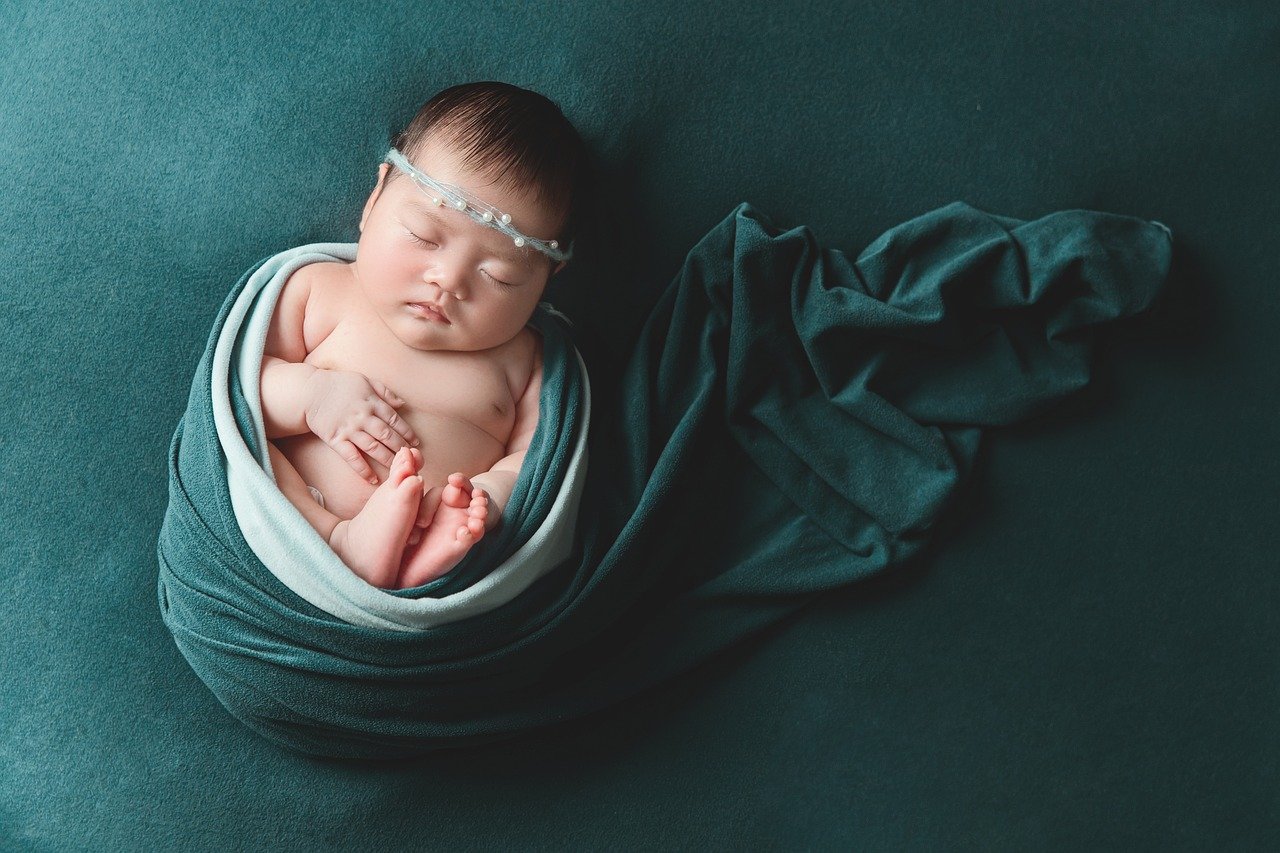
Choosing the Right Fabric
When it comes to quilting, fabric selection is not just a matter of aesthetics; it plays a crucial role in the overall outcome of your project. Choosing the right fabric can mean the difference between a quilt that looks professional and one that appears haphazard. So, how do you navigate the vast ocean of fabric options available? First, consider the type of quilting you plan to do. For straight line quilting, you’ll want fabrics that are not only durable but also easy to handle and manipulate.
One of the most popular choices among quilters is 100% cotton. This fabric is known for its breathability, softness, and ease of sewing. Cotton holds its shape well, which is essential when you're aiming for those flawless straight lines. Additionally, it comes in a plethora of colors and patterns, allowing you to express your creativity. However, cotton can sometimes be prone to shrinking, which is why pre-washing is a must (more on that later!).
Another option to consider is cotton blends. These fabrics combine the best of both worlds—durability and flexibility. They often include a mix of polyester or other synthetic fibers, making them less prone to wrinkling and shrinking. This can be particularly advantageous for beginners who may not yet have mastered the art of pre-washing and fabric care.
When selecting fabric, also think about the weight of the material. Lighter fabrics can be more challenging to quilt straight lines on as they tend to shift more easily. In contrast, heavier fabrics provide more stability, making them easier to work with. A good rule of thumb is to choose fabrics that are medium to heavyweight for your straight line quilting projects. This will help you achieve that polished, professional look you desire.
Here’s a quick comparison of popular fabric types:
| Fabric Type | Benefits | Considerations |
|---|---|---|
| 100% Cotton | Soft, breathable, holds shape well | Can shrink; requires pre-washing |
| Cotton Blends | Durable, less prone to wrinkling | May not have the same softness as pure cotton |
| Canvas | Heavyweight, great for stability | Can be difficult to quilt; requires a strong needle |
Ultimately, the fabric you choose should resonate with your personal style while also meeting the practical needs of your quilting project. Don't hesitate to experiment with different fabrics, as this can lead to delightful surprises in your quilting journey. Remember, the fabric is the canvas of your creativity, so choose wisely!
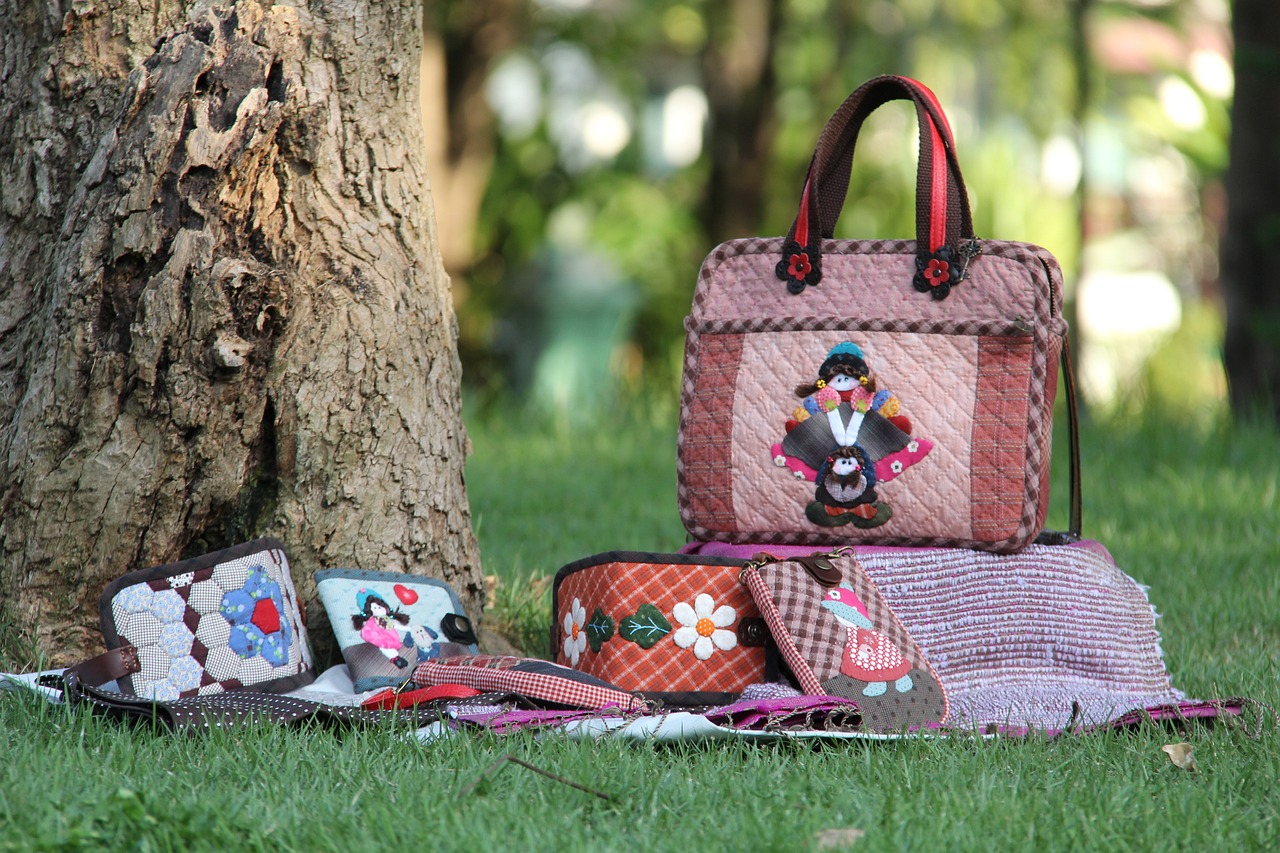
Fabric Types and Their Benefits
When it comes to straight line quilting, the fabric you choose can make all the difference between a project that shines and one that falls flat. Understanding the various fabric types and their unique benefits is essential for any quilter aiming for perfection. Let's dive into some popular fabric options that can elevate your quilting game!
Cotton is the most favored fabric among quilters, and for good reason. It’s not only durable but also incredibly versatile. Cotton fabrics come in a wide range of colors and prints, allowing you to express your creativity freely. The natural fibers of cotton make it easy to sew, and it holds its shape well, which is crucial when you're aiming for those flawless straight lines. Additionally, cotton is breathable and comfortable, making it an ideal choice for quilts that will be used or gifted.
Another great option is cotton blends. These fabrics combine cotton with synthetic fibers like polyester, which can enhance their durability and resistance to wrinkling. This means less time spent ironing and more time quilting! Cotton blends can also be less expensive than pure cotton, making them a budget-friendly choice without sacrificing quality. However, it's essential to check the fabric's composition, as too much synthetic fiber can affect the quilt's breathability.
For those looking for something a bit different, consider flannel. This fabric is soft and cozy, perfect for quilts intended for cold weather or cuddly projects. Flannel is typically made from cotton, but it's brushed to create a fuzzy texture that adds warmth. Just keep in mind that flannel can stretch more than regular cotton, so you’ll need to take extra care to maintain those straight lines while quilting.
Another option to explore is batik fabrics. These are traditionally hand-dyed and offer unique patterns and colors that can add a stunning visual element to your quilt. Batiks are made from tightly woven cotton, which makes them less prone to fraying and distortion. This durability is a significant advantage when working on straight line quilting, as it helps maintain the integrity of your lines.
Lastly, if you're feeling adventurous, consider using denim or canvas for a more rugged quilt. These heavier fabrics can create a unique aesthetic, perfect for quilts that need to withstand wear and tear. However, keep in mind that they require a more robust sewing machine and stronger needles to handle the thickness. The weight of these fabrics can also affect how you quilt, so be prepared to adjust your techniques accordingly.
In summary, the choice of fabric can significantly impact the outcome of your quilting project. Whether you opt for the classic reliability of cotton, the cozy warmth of flannel, or the unique charm of batik, each fabric type offers distinct advantages. Always consider the purpose of your quilt and how the fabric will perform during the quilting process. With the right fabric in hand, you’re one step closer to achieving those perfect straight lines!
Now that we've explored the various fabric types and their benefits, you’re probably wondering how to select the best one for your specific project. Remember, it’s all about balancing aesthetics with functionality. Happy quilting!
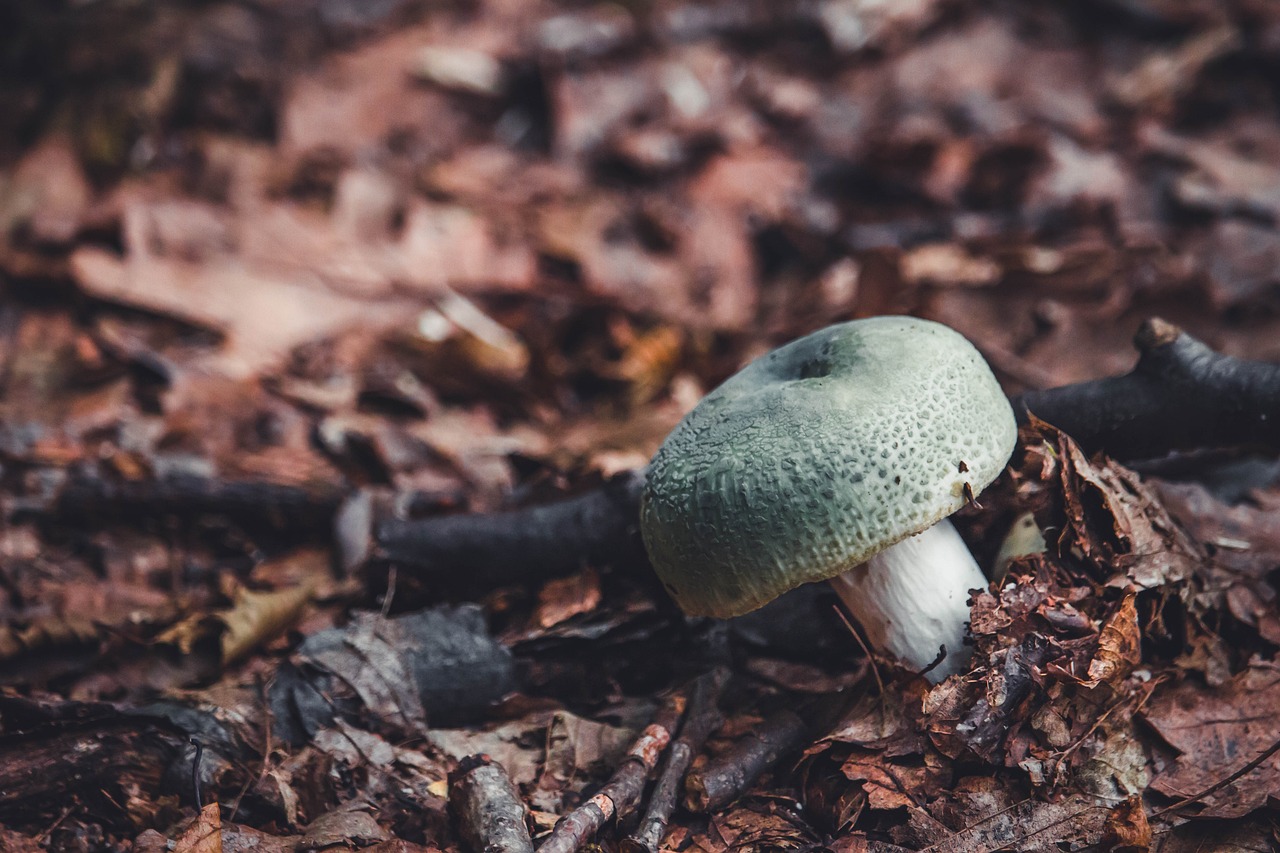
Pre-Washing Fabrics
When it comes to quilting, one of the most important steps that often gets overlooked is pre-washing your fabrics. You might be wondering, "Why should I go through the hassle of washing my fabric before I even start sewing?" Well, let me tell you, skipping this step can lead to some serious headaches down the road. Imagine finishing a beautiful quilt only to find that it shrinks or the colors bleed when you wash it for the first time. Not exactly the happy ending you envisioned, right?
Pre-washing your fabrics is essential for a couple of key reasons. First and foremost, it helps to prevent shrinkage. Many fabrics, especially cotton, have a tendency to shrink when washed for the first time. If you don’t pre-wash, you might end up with a quilt that looks great initially, but after a wash, it could turn into a misshapen mess. Secondly, pre-washing helps to eliminate any residual chemicals or sizing that may be present on the fabric from the manufacturing process. These chemicals can affect how your fabric behaves when you sew it, leading to uneven stitches or fabric that’s hard to handle.
So, how do you go about pre-washing your fabrics? Here are some simple steps to follow:
- Choose the right water temperature: Generally, it's best to wash your fabrics in warm water. This helps to ensure that any shrinkage happens before you start sewing.
- Use a mild detergent: Opt for a gentle detergent that won’t harm the fabric. Avoid bleach or harsh chemicals that could damage the fibers.
- Drying: After washing, you can either hang your fabric to dry or tumble dry it on low heat. Just be sure to check the fabric care label for any specific instructions.
Once your fabrics are washed and dried, give them a good press with an iron to remove any wrinkles. This will make cutting and sewing much easier. Pre-washing may seem like an extra step, but trust me, it’s worth it for the peace of mind it brings. Your quilt will not only look better, but it will also stand the test of time.

Color Coordination Tips
Choosing the right colors for your quilting project is akin to selecting the perfect spices for a dish. Just as the right balance can elevate a meal, the right color palette can transform a quilt from ordinary to extraordinary. When it comes to straight line quilting, color coordination plays a pivotal role in creating visually appealing designs that capture the eye and evoke emotion.
First and foremost, consider the color wheel. This handy tool can guide you in selecting colors that complement each other beautifully. For instance, you might choose analogous colors (those that sit next to each other on the wheel) for a harmonious look, or complementary colors (those opposite each other) for a striking contrast. Both approaches can work wonders in your quilting projects, depending on the effect you want to achieve.
Another vital aspect of color coordination is the use of value and saturation. Value refers to how light or dark a color is, while saturation pertains to the intensity of the color. A quilt that incorporates a range of values can create depth and interest, drawing the viewer in. For example, pairing a deep navy with a soft sky blue can produce a stunning gradient effect that makes your straight lines pop.
Don't forget about the scale of your prints. Mixing large-scale prints with smaller ones can add a dynamic element to your quilt. However, it's essential to maintain a cohesive look by ensuring that the colors in the larger prints are echoed in the smaller ones. This technique not only enhances visual interest but also helps to unify the overall design.
Lastly, consider the mood you want to convey with your quilt. Bright, vibrant colors can evoke feelings of joy and energy, while muted tones can create a sense of calm and tranquility. Think about the space where the quilt will reside and how the colors will interact with the surrounding decor. Choosing colors that resonate with the intended atmosphere can make your quilt not just a functional piece, but a work of art.
To summarize, here are some quick tips for effective color coordination in your quilting projects:
- Utilize the color wheel for guidance on complementary and analogous colors.
- Pay attention to the value and saturation of your chosen colors.
- Mix different scales of prints for added interest.
- Consider the mood you wish to convey and the environment where the quilt will be displayed.
By thoughtfully selecting your colors, you can create straight line quilts that not only showcase your technical skills but also reflect your personal style and creativity.
Q: What is the best way to choose colors for my quilt?
A: Start by using the color wheel to find complementary or analogous colors. Consider the mood you want to create and how the colors will interact with the space where the quilt will be displayed.
Q: Should I stick to solid colors or can I mix prints?
A: You can definitely mix prints! Just ensure that the colors in the larger prints are echoed in the smaller ones to create a cohesive look.
Q: How important is pre-washing fabrics when it comes to color?
A: Pre-washing is crucial as it helps prevent shrinkage and color bleeding, ensuring that your quilt maintains its beautiful colors over time.
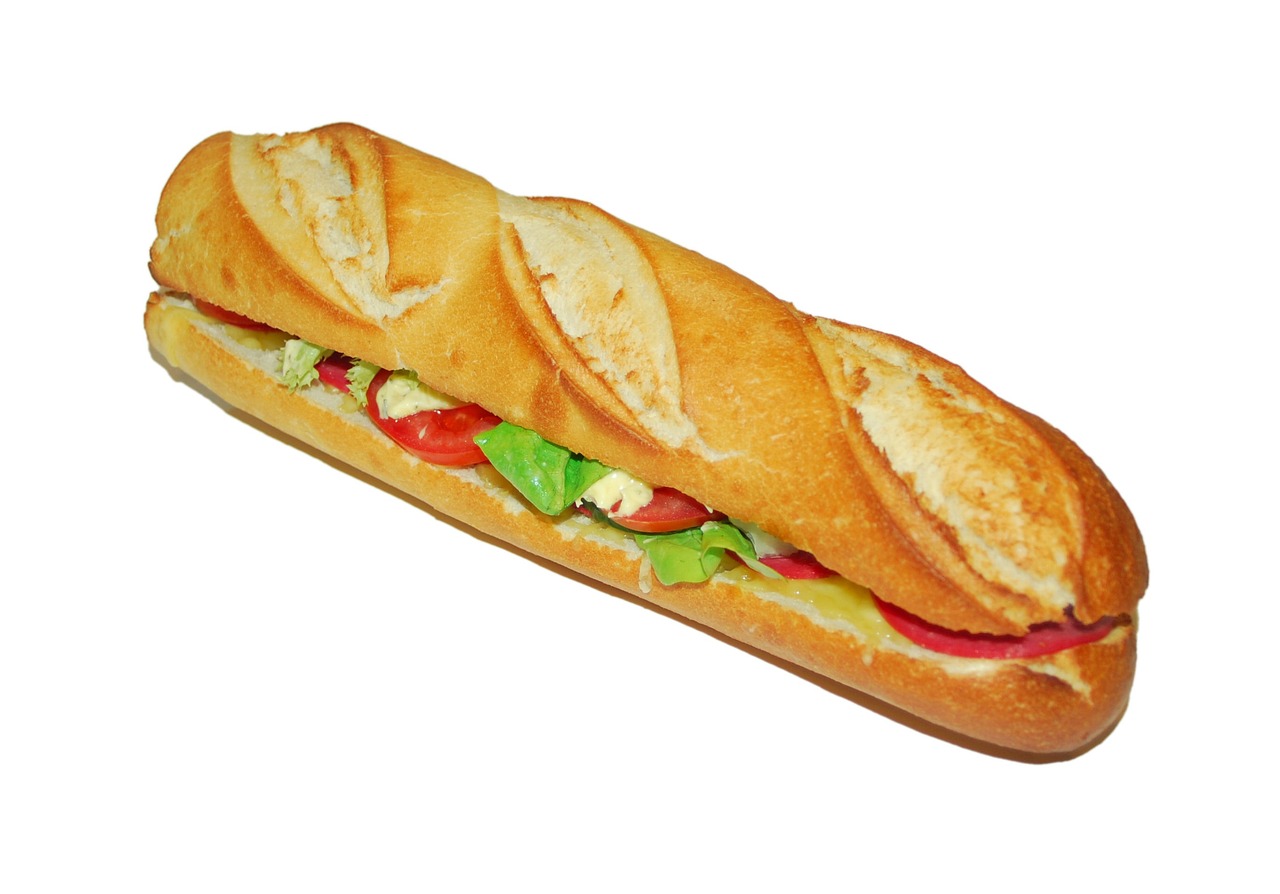
Preparing Your Quilt Sandwich
When it comes to straight line quilting, one of the most critical steps is preparing your quilt sandwich. Think of it as the foundation of a house; without a solid base, everything else can crumble. A quilt sandwich consists of three layers: the quilt top, batting, and backing. Each layer plays a pivotal role in ensuring that your final product is not only beautiful but also durable and functional.
First, let's discuss the quilt top. This is the piece you’ve worked so hard to create, showcasing your artistic flair and design choices. It’s essential to ensure that your quilt top is free from any wrinkles or creases. A smooth surface allows for easier quilting and helps prevent any unwanted puckering. You can achieve this by pressing your quilt top with a warm iron before layering it with the batting and backing.
Next up is the batting, which acts as the insulating layer of your quilt. Choosing the right batting is crucial, as it affects the overall feel and drape of your finished quilt. There are various types of batting available, such as cotton, polyester, and blends. Each type has its own unique characteristics. For instance, cotton batting tends to provide a more traditional look and feel, while polyester batting is often more resilient and provides a puffier appearance. When selecting your batting, consider the final outcome you desire for your quilt.
Now, let’s talk about the backing. The backing fabric is often the unsung hero of the quilt sandwich. It not only provides support but also adds an additional layer of beauty to your quilt. When choosing backing fabric, aim for a material that complements your quilt top. You might want to consider using a solid color or a subtle print to ensure that it doesn’t overshadow your design. Remember, the backing should also be at least a few inches larger than the quilt top to allow for proper quilting and trimming later on.
Once you have your layers prepared, it's time to assemble your quilt sandwich. Lay your backing fabric right side down on a flat surface. Smooth it out to eliminate any wrinkles. Next, place the batting on top of the backing, ensuring that it is centered. Finally, lay your quilt top right side up on top of the batting. Make sure all layers are aligned properly. You might want to use safety pins or basting spray to hold everything in place temporarily. This will prevent shifting as you quilt, which is a common issue many beginners face.
In summary, preparing your quilt sandwich is an essential step that requires attention to detail. By ensuring each layer is smooth and properly aligned, you set yourself up for success in the quilting process. Remember, a well-prepared quilt sandwich not only makes your quilting easier but also enhances the overall quality of your finished project. So take your time with this step—your future self will thank you!
- What is a quilt sandwich? A quilt sandwich is composed of three layers: the quilt top, batting, and backing, which are layered together before quilting.
- Do I need to pre-wash my fabrics before making a quilt sandwich? Yes, pre-washing your fabrics can prevent shrinkage and color bleeding, ensuring your quilt maintains its integrity over time.
- How do I prevent my quilt layers from shifting while quilting? Using safety pins or basting spray to hold the layers together can help prevent shifting during the quilting process.
- What type of batting is best for beginners? Cotton batting is often recommended for beginners due to its ease of use and traditional feel.

Quilting Techniques for Straight Lines
When it comes to straight line quilting, mastering the right techniques is essential for achieving those clean, crisp lines that make your quilts look professional. Think of it like learning to ride a bike; once you find your balance, everything else falls into place. There are several methods to explore, each with its own unique advantages. Let's dive into the most effective techniques that will take your quilting game to the next level!
One of the most popular methods is using a walking foot. This nifty tool is designed to help you feed multiple layers of fabric evenly through your sewing machine. It’s like having an extra set of hands! The walking foot grips the top layer of fabric while the feed dogs pull the bottom layer, preventing any fabric shifting that can lead to uneven lines. To get started, simply attach the walking foot to your machine, adjust your stitch length to a medium setting, and practice sewing straight lines on scrap fabric. Before you know it, you’ll be gliding through your quilt top with ease.
Another fantastic technique is free motion quilting. This method allows you to move the fabric freely under the needle, giving you the freedom to create beautiful patterns while still maintaining straight lines. Picture it as dancing with your fabric—once you get the rhythm down, you can create stunning designs that elevate your quilt. To begin free motion quilting, you’ll need to drop the feed dogs on your machine and lower the presser foot. It might feel a bit daunting at first, but with practice, you’ll find your groove. Start with simple shapes and gradually work your way up to more complex designs.
For those who prefer a more structured approach, consider using a quilt guide. This handy tool attaches to your sewing machine and helps you maintain consistent spacing between your lines. It's like having a GPS for your quilting journey! By following the guide, you can easily create parallel lines that are evenly spaced, making your quilt look meticulously crafted. You can also use painter's tape or fabric marking tools to create guidelines on your quilt top, ensuring your lines remain straight and true.
Additionally, marking your fabric can be a game changer. Many quilters use chalk or fabric pens to draw guidelines directly onto their fabric before they start quilting. This method provides a clear visual reference, making it easier to stay on track. Just remember to choose a marking tool that will wash out easily after you’re done quilting!
In summary, whether you opt for a walking foot, free motion quilting, a quilt guide, or fabric marking, the key is to practice and find what works best for you. Each technique offers its own set of benefits, and experimenting with them can lead to beautiful results. So, grab your sewing machine, and let’s get quilting!
- What is the best fabric for straight line quilting?
Generally, 100% cotton fabric is preferred for its durability and ease of handling. However, blends can also work well depending on your project. - How do I prevent fabric shifting while quilting?
Using a walking foot and ensuring your quilt sandwich is well-prepared can help prevent shifting. Additionally, pinning or basting your layers together can provide extra stability. - Can I use a regular foot for straight line quilting?
While you can use a regular presser foot, a walking foot is highly recommended for maintaining even tension and preventing fabric movement. - How do I fix mistakes in my quilting?
If you notice a mistake, don’t panic! You can often unpick the stitching and resew the area. For minor errors, consider incorporating them into your design as a unique feature.
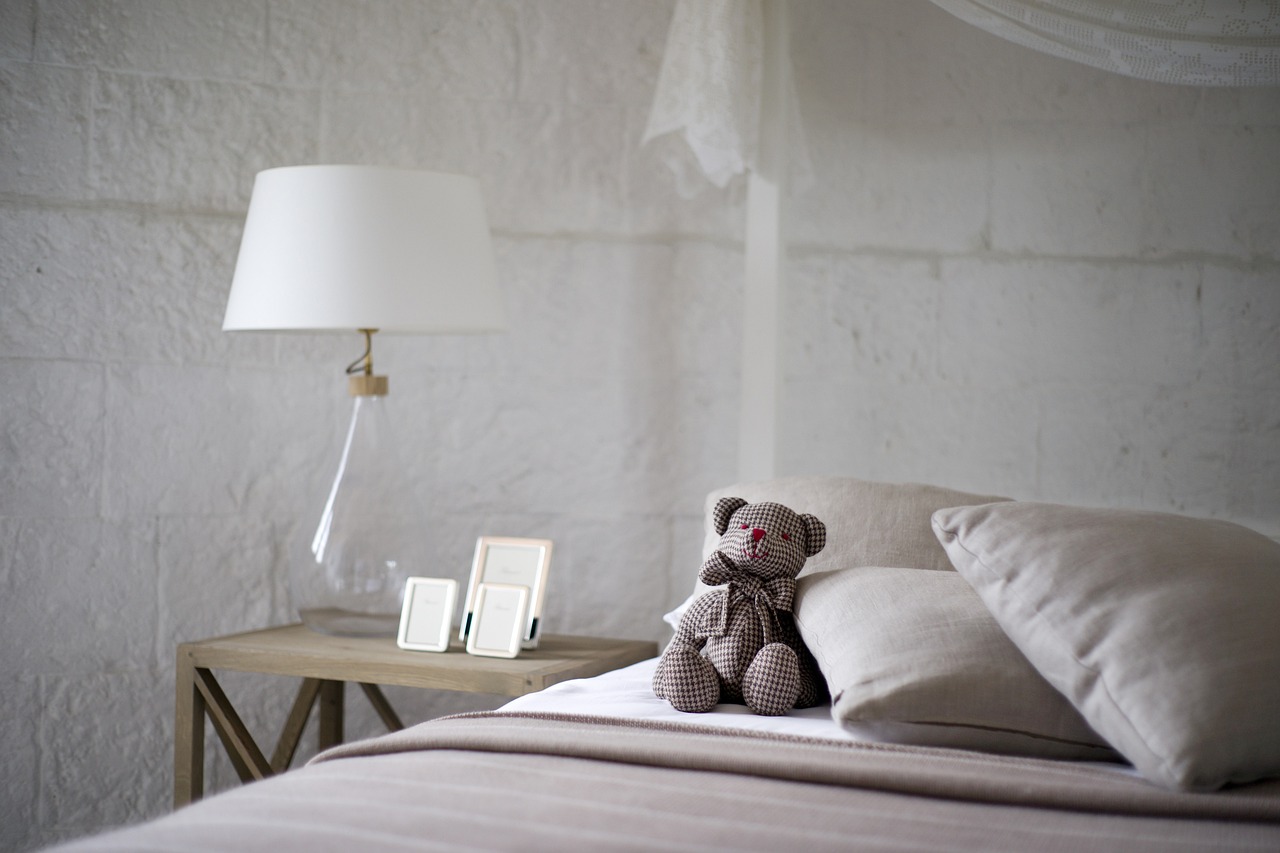
Walking Foot Quilting
When it comes to achieving those stunning, perfectly straight lines in your quilting, using a walking foot can be a game changer. This specialized foot is designed to help you move multiple layers of fabric through your sewing machine evenly, which is essential for preventing fabric shifting and ensuring that your lines remain crisp and clean. But how exactly do you harness the power of the walking foot? Let’s dive into some of the techniques and tips that will elevate your quilting game.
First things first, let's talk about setting up your walking foot. It’s crucial to ensure that your machine is compatible with the walking foot attachment. Most modern sewing machines have this capability, but double-checking is always a good idea. Once you've attached your walking foot, you can adjust the stitch length. For straight line quilting, a longer stitch length, typically between 2.5 to 3.5, works wonders. This not only helps in achieving a smooth finish but also reduces the chances of puckering.
Next up is the importance of marking your lines. While the walking foot helps with even feeding, having a clear guide makes a world of difference. You can use a fabric marker or chalk to draw lines on your quilt top to follow as you sew. Many quilters prefer to use a ruler to ensure their lines are perfectly straight. This simple step can save you from the headache of trying to correct uneven stitching later on.
Here’s a pro tip: consider using a stitch guide. This handy tool attaches to your sewing machine and helps you maintain a consistent distance from your marked lines. Just set it to the desired distance, and you can glide through your quilting with confidence. It’s like having a personal assistant guiding you along the way!
Another aspect to keep in mind is the speed of your sewing. While it might be tempting to rush through your project, maintaining a steady pace is key. Too fast, and you risk losing control; too slow, and you might end up with uneven stitches. Finding that sweet spot can take a little practice, but once you do, your quilting will shine.
Lastly, don't forget about thread tension. If your stitches are too tight or too loose, it can affect the overall look of your quilt. Always do a test run on scrap fabric before you dive into your main project. This way, you can adjust the tension accordingly and ensure your walking foot is doing its job effectively.
Walking foot quilting is not just a technique; it’s a skill that, once mastered, opens up a world of possibilities for your quilting projects. With practice, patience, and the right tools, you'll be able to create stunning quilts that showcase your hard work and creativity. So grab that walking foot, mark those lines, and let your quilting journey begin!
- What is a walking foot? A walking foot is a sewing machine attachment that helps feed multiple layers of fabric evenly, preventing shifting and puckering.
- Can I use a walking foot for free motion quilting? While a walking foot is primarily for straight lines, it can be used for free motion quilting, but it may not provide the same level of control as a darning foot.
- How do I know if my walking foot is compatible with my sewing machine? Check your sewing machine manual or the manufacturer's website for compatibility information.
- What is the best stitch length for walking foot quilting? A stitch length between 2.5 to 3.5 is generally recommended for straight line quilting.
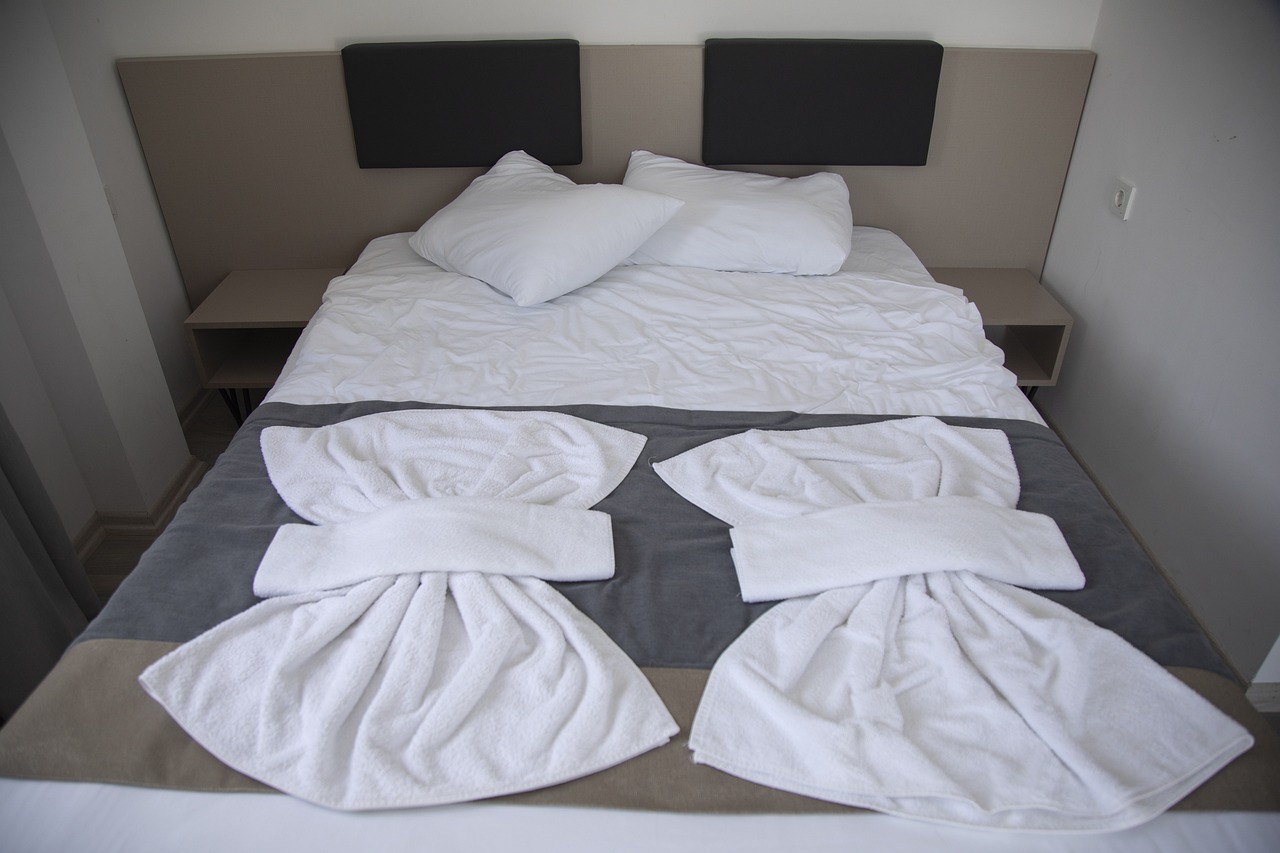
Free Motion Quilting Basics
Free motion quilting is like dancing on fabric; it gives you the freedom to express your creativity while ensuring that your quilts have a unique touch. Unlike traditional quilting methods that rely on a set pattern, free motion quilting allows you to guide the fabric under the needle, creating intricate designs and smooth, flowing lines. To get started, you’ll need to understand a few essential techniques and tips that will help you achieve those perfect straight lines, even in the midst of artistic chaos.
First things first, you'll want to set up your sewing machine for free motion quilting. This involves lowering the feed dogs, which are the little teeth that help move the fabric through the machine. By lowering them, you take control of the fabric's movement, allowing you to stitch in any direction. Don’t worry if this sounds intimidating; it’s actually quite liberating! Just remember, practice makes perfect. Spend some time doodling on scrap fabric before you dive into your main project. This will help you get a feel for the rhythm and flow of free motion quilting.
Another important aspect is the choice of thread and needle. A good quality thread will glide smoothly through the fabric, while a needle that matches your fabric type will reduce the risk of snagging or breaking. For most quilting projects, a 90/14 needle is a solid choice, but if you’re working with delicate fabrics, you might want to opt for a smaller needle. It’s all about finding that sweet spot that works for you!
Now, let’s talk about the actual quilting process. Start by positioning your quilt sandwich – that’s the quilt top, batting, and backing – under the needle. It’s essential to keep your hands relaxed and to move the fabric smoothly. Think of it like steering a car; you want to maintain a steady speed while guiding the fabric in the desired direction. If you find yourself tensing up, take a deep breath and remind yourself that it’s all part of the creative process.
As you begin to stitch, focus on maintaining even tension. This is crucial for achieving those smooth, straight lines that every quilter strives for. If you notice any puckering or uneven stitching, don’t panic! Simply stop, adjust your grip, and try again. Remember, quilting is an art, and like any art form, it takes time to master.
To help you visualize the process, here’s a quick overview of some common free motion quilting patterns you can try:
| Pattern | Description |
|---|---|
| Loops | Create a series of loops for a playful, whimsical look. |
| Waves | Stitch gentle curves to create a flowing wave effect. |
| Meandering | Use a free-form pattern that flows in various directions. |
| Stippling | Small, tight curves that fill in spaces and add texture. |
Lastly, don’t forget to have fun! Free motion quilting is all about exploring your creativity and finding your unique style. So, let loose and enjoy the process. And remember, every stitch is a step towards mastering this beautiful art form.
- What is free motion quilting? Free motion quilting allows you to move the fabric freely under the needle, creating intricate designs without a pre-determined pattern.
- Do I need a special foot for free motion quilting? Yes, a free motion quilting foot is recommended as it allows for better visibility and control while quilting.
- How do I prevent my fabric from puckering? Maintain even tension and move your fabric smoothly. Practice on scrap fabric to get the hang of it before working on your main project.
- Can I use any thread for free motion quilting? While you can use various threads, high-quality quilting thread works best for smooth stitching.

Common Mistakes and How to Avoid Them
When it comes to straight line quilting, even the most experienced quilters can stumble upon a few common pitfalls. These mistakes can lead to frustration and unsatisfactory results, but fear not! By being aware of them, you can easily dodge these traps and elevate your quilting game. One of the most frequent errors is not using a walking foot when needed. A walking foot is designed to help feed the top and bottom layers of fabric evenly, preventing any shifting that can ruin your straight lines. If you skip this crucial tool, you might find your lines looking wavy or uneven, which can be disheartening.
Another common mistake is neglecting to properly prepare your quilt sandwich. A quilt sandwich consists of your quilt top, batting, and backing, and it’s essential to layer them correctly. If your layers are not aligned or if there are wrinkles, it can lead to puckering during the quilting process. To avoid this, take the time to smooth out each layer and pin or baste them securely before you start sewing. It’s a bit like building a house; if the foundation isn't solid, the whole structure can be compromised.
Additionally, many quilters forget to adjust their sewing machine tension. Incorrect tension settings can cause thread breakage or uneven stitches, which can be incredibly frustrating. Before starting your project, do a few test runs on scrap fabric to ensure that everything is set just right. This small step can save you a lot of headaches later on.
Another mistake to watch out for is not measuring accurately. While quilting might seem like an artistic endeavor, precision is key. If you cut your fabric inaccurately, you may end up with mismatched seams or insufficient fabric to complete your project. Always take the time to measure twice and cut once. It’s a simple mantra that can save you from a lot of rework.
Finally, many quilters underestimate the importance of taking breaks. Quilting can be a time-consuming process, and it’s easy to get fatigued. When you’re tired, your focus can wane, leading to mistakes that could have been easily avoided. Make sure to step back, stretch, and give your mind a rest. Think of it as recharging your creative batteries; you’ll be amazed at how much more focused and productive you can be after a short break.
By being mindful of these common pitfalls, you can enhance your quilting experience and ensure that your straight line quilting projects turn out beautifully. Remember, practice makes perfect, and learning from mistakes is part of the journey. Happy quilting!
- What is the best fabric for straight line quilting? Cotton is often recommended due to its durability and ease of handling.
- How can I prevent fabric shifting while quilting? Using a walking foot and properly pinning your quilt layers can help prevent shifting.
- Is pre-washing fabric necessary? Yes, pre-washing helps to prevent shrinkage and color bleeding after your quilt is completed.
- What should I do if my stitches are uneven? Check your machine tension and practice on scrap fabric to find the right settings.
Frequently Asked Questions
- What is straight line quilting?
Straight line quilting is a technique that involves sewing straight lines across the quilt layers to create texture and design. It's a popular method for achieving a clean, modern look in quilting projects.
- What tools do I need for straight line quilting?
To get started with straight line quilting, you'll need a reliable sewing machine, a walking foot, quilting rulers, and quality thread. These tools help ensure precision and ease in your quilting process.
- How do I choose the right fabric for straight line quilting?
When selecting fabric, opt for 100% cotton or cotton blends, as they provide durability and are easier to handle. Consider the weight and pattern of the fabric to ensure it suits your design and quilting technique.
- Is pre-washing fabrics necessary before quilting?
Yes! Pre-washing your fabrics is crucial to prevent shrinkage and color bleeding after the quilt is completed. It helps maintain the integrity of your quilt and ensures the colors stay vibrant over time.
- What is a quilt sandwich?
A quilt sandwich is the layered structure of your quilt, consisting of the quilt top, batting, and backing fabric. Properly preparing your quilt sandwich is essential for achieving smooth and even quilting results.
- What is walking foot quilting?
Walking foot quilting involves using a special foot attachment on your sewing machine that feeds the fabric evenly through the machine. This technique is great for straight line quilting as it helps prevent fabric shifting.
- Can I use free motion quilting for straight lines?
Absolutely! While free motion quilting allows for creative designs, you can still maintain straight lines by practicing control and using a consistent speed while sewing. It’s a fun way to add unique patterns to your quilts!
- What are common mistakes in straight line quilting?
Common mistakes include not using the right tension, fabric shifting, and uneven spacing of lines. To avoid these pitfalls, ensure your machine is properly set up and take your time when aligning the fabric.



















